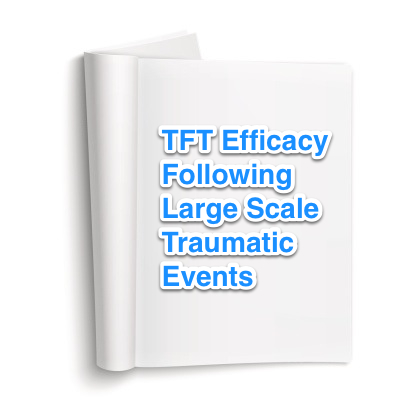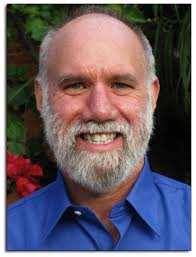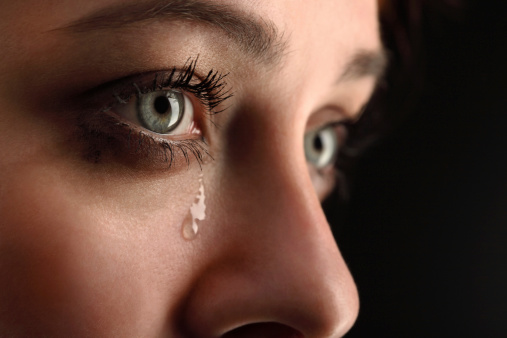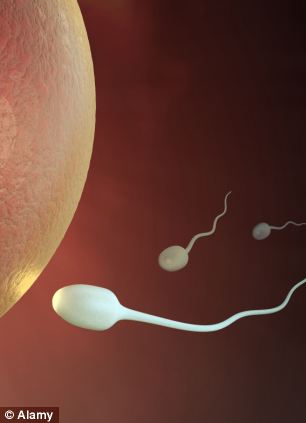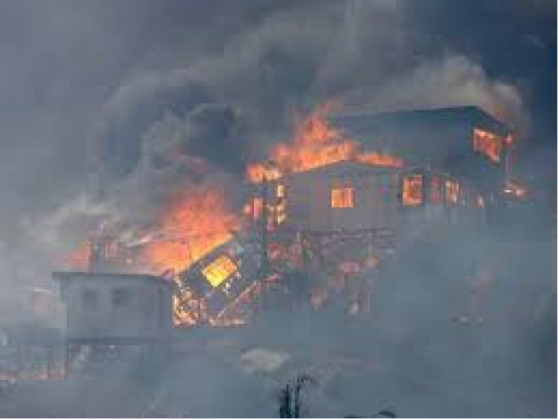
by Mariela Prada, TFT-Adv
As you may know Chile is a country where natural disasters happen every now and then. Thus most people are always willing to help and to assist those in needs when something happens, each one doing its best according to experience and knowledge.
In March we had a “minor” earthquake (7.0) in the northern region (Iquique, a port in the north of Chile) , which was not so harmful but left people in a state of unease and expectation to what might be coming next. On April 1 a much bigger earthquake (8.3) hit the same region at 8 pm. Fortunately most were already at home with their families , which was a very positive. The first reaction people have with these events is to desperately know if their relatives are ok.
It is also important to know that for many weeks there were important aftershocks which kept people under continuous stress . Some did not want to sleep in their homes for fear it would hit again at night, and many wanted to stay in the surrounding hills, as after earthquakes there is always the danger of a tsunami afterwards. The memory of what happened in March 2010 (earthquake plus sumani).
In these cases, the best way to help is to do it through a local organization. A group of TFT therapist were eager to help, so we got in contact with a mining company who was organizing psychological help for people affected by this earthquake. One of the volunteers was somebody who has done the Algorithm course and lives in Iquique.
The team traveled to Iquique twice for one week. Most of the times they worked with a whole group (algorithm for the trauma plus emotions), the only way to give help in larger number. And in some cases , they did individual sessions (using mostly diagnostics).
The work involved the trauma (s) of the situation, plus the anxiety of what the next one to come, as earthquake specialist were saying that not all of the pressure had been released , which means that there must be another one in a near future. This caused a lot of anxiety in all of the people treated, and mainly those who had to drive up to the mines, which means taking a winding road that may be very dangerous during an important earth movement. Thus we also had to address this anxiety and give them tools to do tapping on their own while driving up the road or whenever they felt uneasy or afraid.
While we were doing these interventions, we had another big disaster on April 23. In Valparaiso, a hilly town near the sea there was a huge fire that burned down 2.900 homes affecting 12.500 people, all of them of very low means of income. The fire was extinguished only after a week; the town was covered in smoke, the houses burned to ashes, people living in shelters, stray dogs and cats in need of food….
Local authorities asked to concentrate all help through organizations working in Valparaíso so as to limit the number of people coming to the city. In this case we worked through the School of Psychologist, who had the necessary contacts to go and work with the people, mainly in shelters.
In this case the traumas were not only the one of the fire but also that of losing all their belongings, all their “treasures” (pictures, family items, etc)., the uncertainty of the future (the local government is rebuilding those homes but that takes time), children who had lost their pets, whose school had burned down, plus the daily problems that rise when living in shelters with many other families.
As you can see, it is a multitraumatic situation. In this case, what we mostly did was train volunteers to work with the appropriate algorithm. This work is still being done; volunteers mainly work on week-ends. They have also been trained to teach parents algorithms to have tools to help their children. This empowers them and gives them tools they can use with others.
Once again, TFT has proved to be a wonderful tool to help people in need, help them get over their traumas, to do tapping with their children, to get back the energy to address their daily routines, help them have faith in the future.

